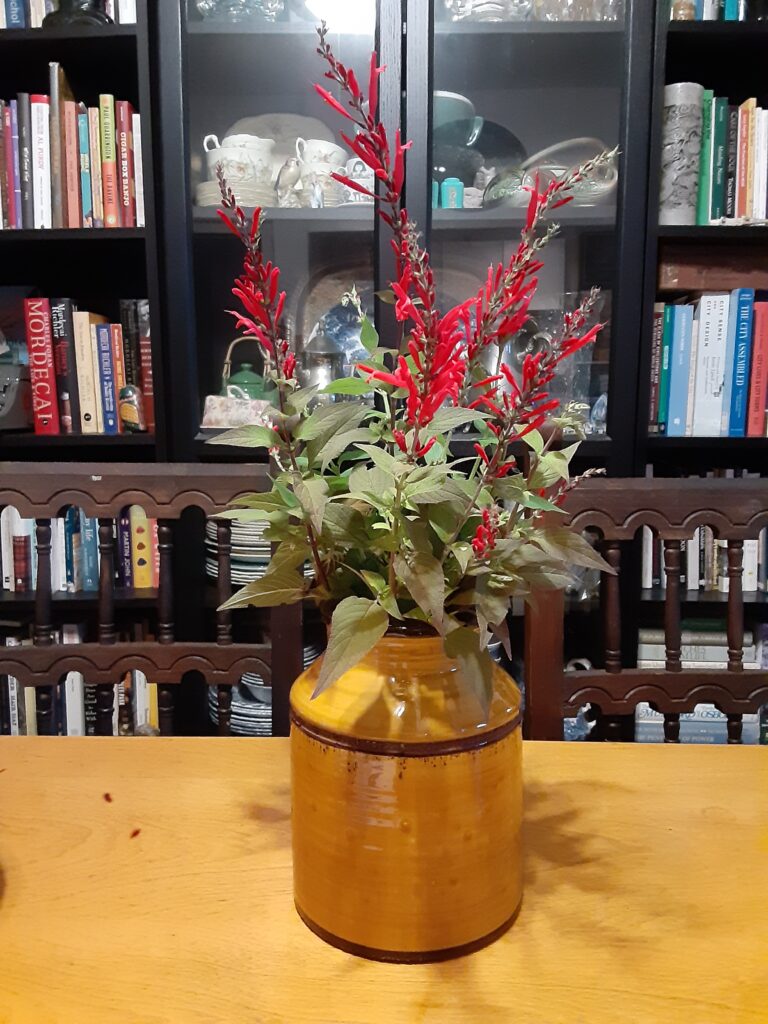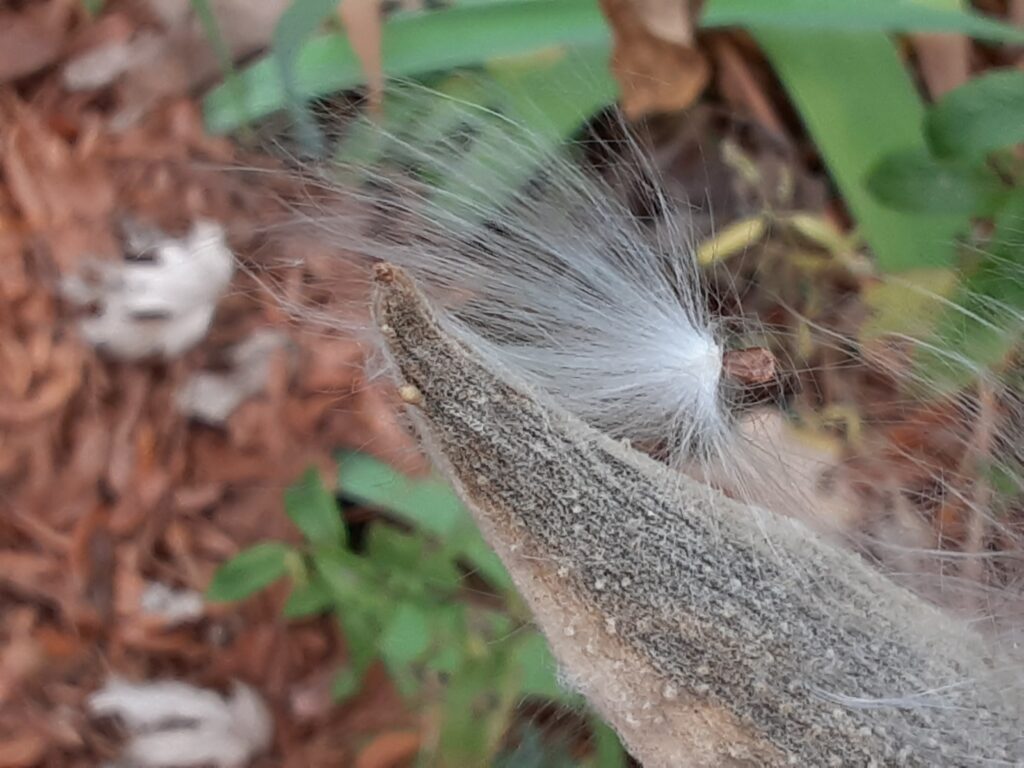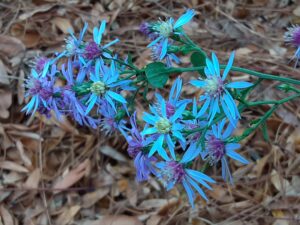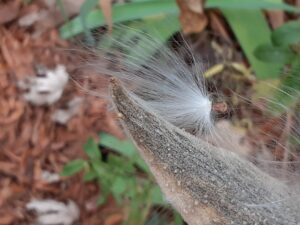The Final Task of Fall
Early this afternoon a friend posted online that fat snowflakes were falling on her southwestern Ontario city. This was my cue to go out and cut the bright red sprays of pineapple sage blossoms that 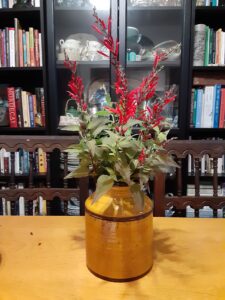 are the last thing to bloom in my garden, and bring them in to set in a vase. In previous years I have also marked this occasion by making pineapple sage bread or pineapple sage jelly, but this year (unless I feel spectacularly ambitious tomorrow—and already I do feel tempted) the cut flowers are going to provide their own lovely coda to fall.
are the last thing to bloom in my garden, and bring them in to set in a vase. In previous years I have also marked this occasion by making pineapple sage bread or pineapple sage jelly, but this year (unless I feel spectacularly ambitious tomorrow—and already I do feel tempted) the cut flowers are going to provide their own lovely coda to fall.
Watching the sky, I also went down the street to tend to our bur oak, guerrilla planted in the circle park about three years ago. The oak has withstood the ravages of kids, dogs and City parks crews, but I was a little concerned about someone or something knocking it over during the coming winter. I hammered in three additional stakes and wrapped fencing around them to provide a bit more protection. I was pleased to see next year’s buds already well-formed.
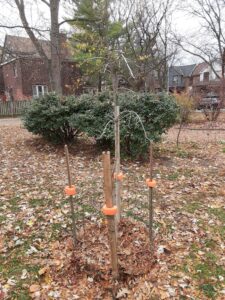 While I was doing this work, a woman stopped to chat about the oak. She told me she also has a bur oak in her front garden, and tends it with care. We talked about trees, raccoons, and the ecological responsibilities of urban citizens. She told me she feels very close to her tree; adding that it’s hard not to love something you care for.
While I was doing this work, a woman stopped to chat about the oak. She told me she also has a bur oak in her front garden, and tends it with care. We talked about trees, raccoons, and the ecological responsibilities of urban citizens. She told me she feels very close to her tree; adding that it’s hard not to love something you care for.
I feel the same about our little oak. It’s hard not to hope too much for its future: the folly (and unfortunate necessity) of urban forestry is that trees are planted as singletons, whereas in a woodland environment dozens of seedings might grow in a square metre, insurance against drought, cold, or the grazing mouths of hungry animals.
Still, next year I might see if it’s possible to obtain another bur oak, or two, and get a small oak plantation going in the circle park. We are already nurturing a (non-native) horse chestnut, a white or red oak, and an American elm sapling that is reportedly resistant to Dutch Elm Disease in pots in our garden, for future guerrilla planting, and it wouldn’t hurt to add at least one more bur oak. German forester Peter Wohlleben‘s work suggests trees grow best in communities, so the least we can do is try to get one going.
After tending to our oak, I came home, packed away the last of the pots on the front verandah (and dug in and heavily mulched some sweet cicely and Angelica in hopes it might overwinter in its containers), put the pineapple sage blossoms in water, and turned my internal clock from fall to winter mode.
The Final Task of Fall Read More »
